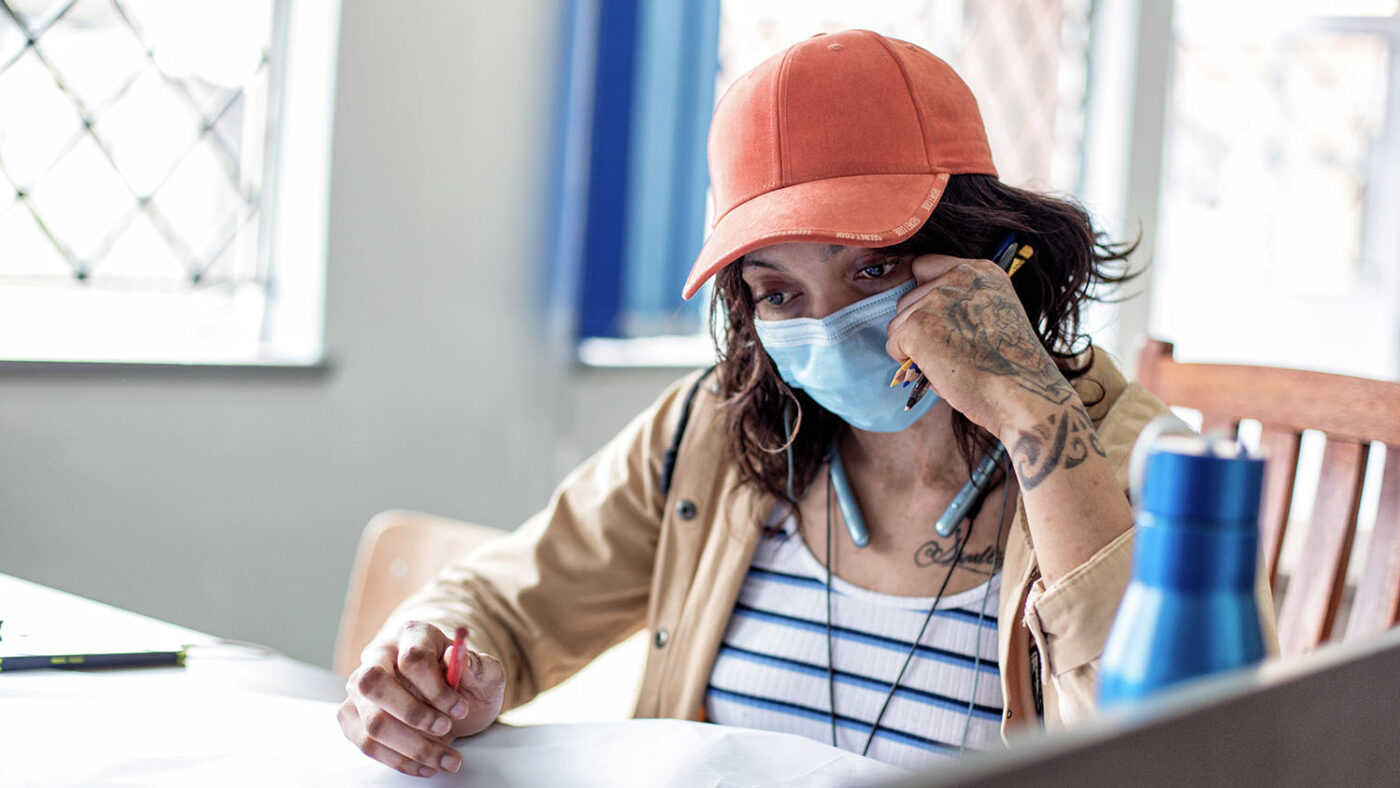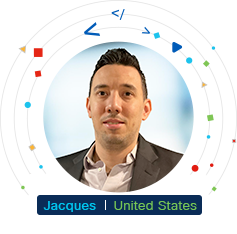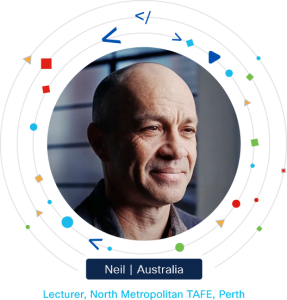- Ignite Innovation Across Industries at Cisco Live 2025
- Dell rolls out private cloud package, bolsters AI offerings for on-prem development
- Samsung will give you a free 27-inch Odyssey G55C monitor - how to qualify
- Critical Zero-Days Found in Versa Networks SD-WAN/SASE Platform
- This $12 gadget tool is a permanent accessory on my keychain - here's why
Sharing the Cisco Networking Academy Vision

December 3 marks the United Nations’ International Day of Persons with Disabilities (IDPwD). Treating all people equitably is about more than justice. Inclusivity means that everyone can achieve their true potential, which is a benefit to society as a whole.
Inclusivity is at the core of Cisco Networking Academy, but challenges remain.
Merely collecting data about people with disabilities is a challenge, however. The Washington Group on Disability Statistics was established in 2001 to address the issue, with the objective of providing basic information on disability that is comparable worldwide.
A World of Untapped Resources
According to the World Health Organization, 16 percent of people globally experience significant disability, but the World Economic Forum (WEF) says only four percent of businesses are focused on making offerings inclusive of disability.
The cost of exclusion of people with disabilities is significant. The WEF suggests that eclusionary policies could cost up to seven percent of GDP in some countries. Incentives to do the right thing are strong, as disability-inclusive businesses enjoy:
- 28 percent higher revenue
- 30 percent higher profit margins
- better talent acquisition and retention
And while some progress is being made towards a more inclusive work environment, there remains a lot of work to do for true equality. For instance, employment for people with disabilities in the U.S. recently hit a record high, but that record high comes from a low base: people with disabilities remain nearly twice as likely to be unemployed.
Education also presents a barrier for people with disabilities. A 2018 UNESCO report on Education and Disability concludes that disabled people between 15 and 29 were less likely to have attended school than those without disabilities in almost all of the 37 countries for which data were available.
Partnering for an Inclusive Education
At Cisco our purpose is to power an inclusive future for all.
Cisco Networking Academy is committed to creating and delivering accessible curriculum designs. Our design vision is that all students should be able to access all web content. We continue to make enhancements across Skills for All, a powerful resource for our 11,700 global education partners, that align with the Web Content Accessibility Guidelines and standards, moving us toward our vision of inclusiveness.
Cisco works with wonderful partners who routinely push new boundaries in delivering an inclusive education for all.
Partners, such as Sight Savers in Kenya, do amazing work through The Bridge Academy. The impact they are having for learners like Benson, Divinah, Jacklyne, and Shanice in Nairobi, Kenya is inspirational.
And they’re not alone. Last year, I highlighted the work done by UT de Santa Catarina in Mexico, Cisco Access for the Visually Impaired in Australia, The Royal National College for the Blind in the United Kingdom, and the abilITy Cisco Networking Academy in New York.
And there are so many inspirational stories of Cisco Networking Academy graduates living with disabilities who have gone on to help others.
188 thousand students have declared disabilities at the Cisco Networking Academy since 2019.
 Success Stories
Success Stories
After his vision started to change and he was no longer working, Jaques enrolled at college and undertook Cisco Networking Academy studies, which lead to a job as a United Airlines Cybersecurity and Incident Response Analyst in the United States.
Jacques subsequently volunteered to mentor teams from Wheaton Warrenville South High School for the Air Force Association’s CyberPatriot youth cyber education program, earning Mentor of the Year for his efforts.
In Australia, Neil studied with Cisco Networking Academy after losing 35 percent of his vision, and went on to become an instructor at Cisco Academy for the Vision Impaired (CAVI) in Perth, Australia.CAVI provides information and communications technology training to students with varying and wide degrees of disability.

Neil has been a lecturer for over 13 years. He describes life before his vision loss as being carefree and feeling bulletproof.
“CAVI had a very profound effect on my life considering where I was going. I didn’t really have a pathway, as opposed to now. Having a career and a pathway, that certainly wasn’t there when I lost part of my vision.”
“My students don’t know that I’m visually impaired when I start teaching them. It usually comes out. And my running gag is that if you want to get away with anything, do it on the right side of my face so I won’t see you do it.”
One of the adaptive teaching tools Neil uses is a peg board to provide students with a tactile way to peg out an IP address which logically identifies a client on the network. And Neil’s advice for others?
“I miss having vision, but I look at what I gained by the loss, the loss is not a loss anymore.”
Learn more about Neil’s story:
What Neil gained from Cisco Networking Academy after losing 35 percent of his vision
Share:

